Updated: July 18, 2023.
ARAnchor and AnchorEntity classes were both made for the same divine purpose – to tether 3D models to your real-world objects.
RealityKit AnchorEntity greatly extends the capabilities of ARKit ARAnchor. The most important difference between these two is that AnchorEntity automatically tracks a real world target, but ARAnchor needs session(...) instance method (or SceneKit's renderer(...) instance method) to accomplish this. Take into consideration that the collection of ARAnchors is stored in the ARSession object and the collection of AnchorEntities is stored in the Scene.
In addition, generating ARAchors requires a manual Session config, while generating AnchorEntities requires minimal developer's involvement.
Hierarchical differences of iOS AR scenes:

The main advantage of RealityKit is the ability to use different AnchorEntities at the same time, such as .plane, .body or .object. There's automaticallyConfigureSession instance property in RealityKit. When enabled, the ARView automatically runs an ARSession with a config that will get updated depending on your camera mode and scene anchors. When disabled, the session needs to be run manually with your own config.
arView.automaticallyConfigureSession = true // default
In ARKit, as you know, you can run just one config in the current session: World, Body, or Geo. There is an exception in ARKit, however - you can run two configs together - FaceTracking and WorldTracking (one of them has to be a driver, and the other one – driven).
let config = ARFaceTrackingConfiguration()
config.isWorldTrackingEnabled = true
arView.session.run(config)
Apple Developer documentation says:
In RealityKit framework you use an AnchorEntity instance as the root of an entity hierarchy, and add it to the anchors collection for a Scene instance. This enables ARKit to place the anchor entity, along with all of its hierarchical descendants, into the real world. In addition to the components the anchor entity inherits from the Entity class, the anchor entity also conforms to the HasAnchoring protocol, giving it an AnchoringComponent instance.
AnchorEntity has three building blocks:
- Transform component (transformation matrix containing translate, rotate and scale)
- Synchronization component (entity's synchronization data for multiuser experience)
- Anchoring component (allows choose a type of anchor –
world, body or image)
All entities have Synchronization component that helps organise collaborative sessions.

AnchorEntity has the eleven specific anchor types for eleven different purposes:
- ARAnchor
- helps implement 10 ARKit anchors, including ARGeoAnchor and ARAppClipCodeAnchor
- body
- camera
- face
- image
- raycastResult
- object
- plane
- world
- head
- hand
You can simultaneously use both classes ARAnchor and AnchorEntity in your app. Or you can use just AnchorEntity class because it's all-sufficient one.
For more info on ARAnchor and AnchorEntity, please read THIS POST.

